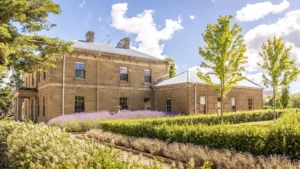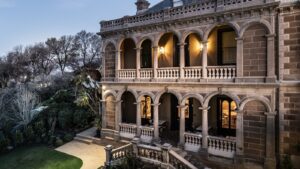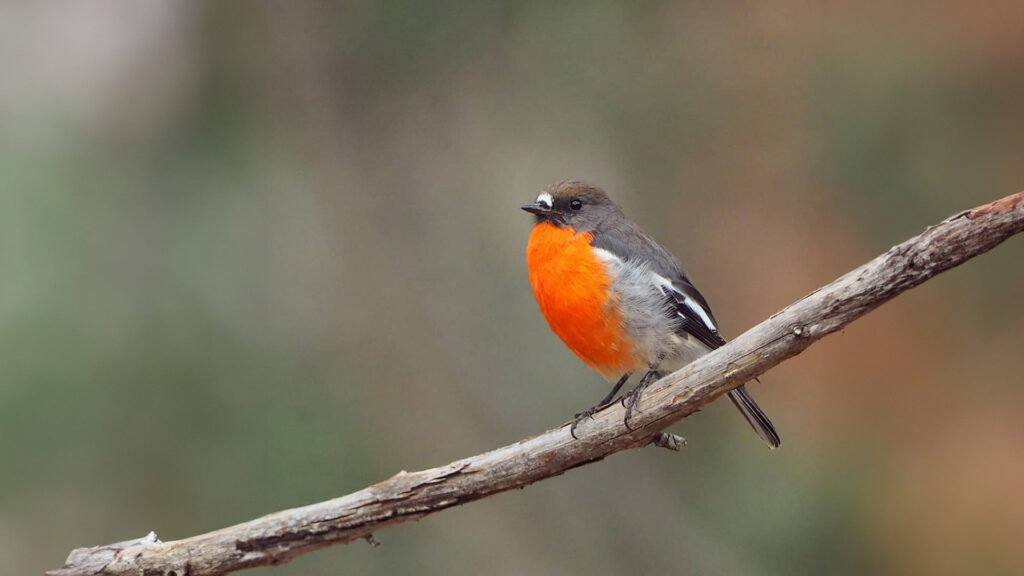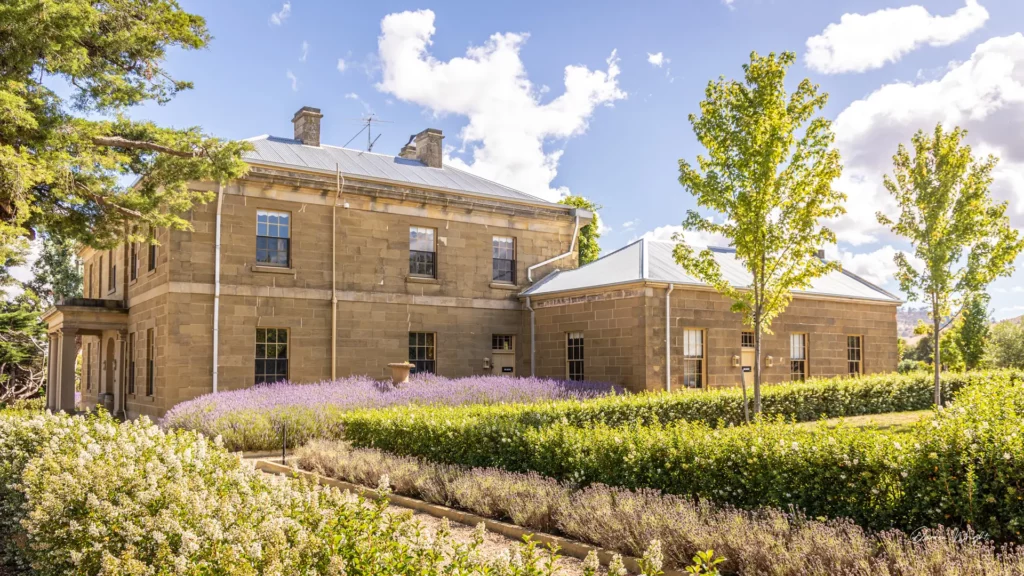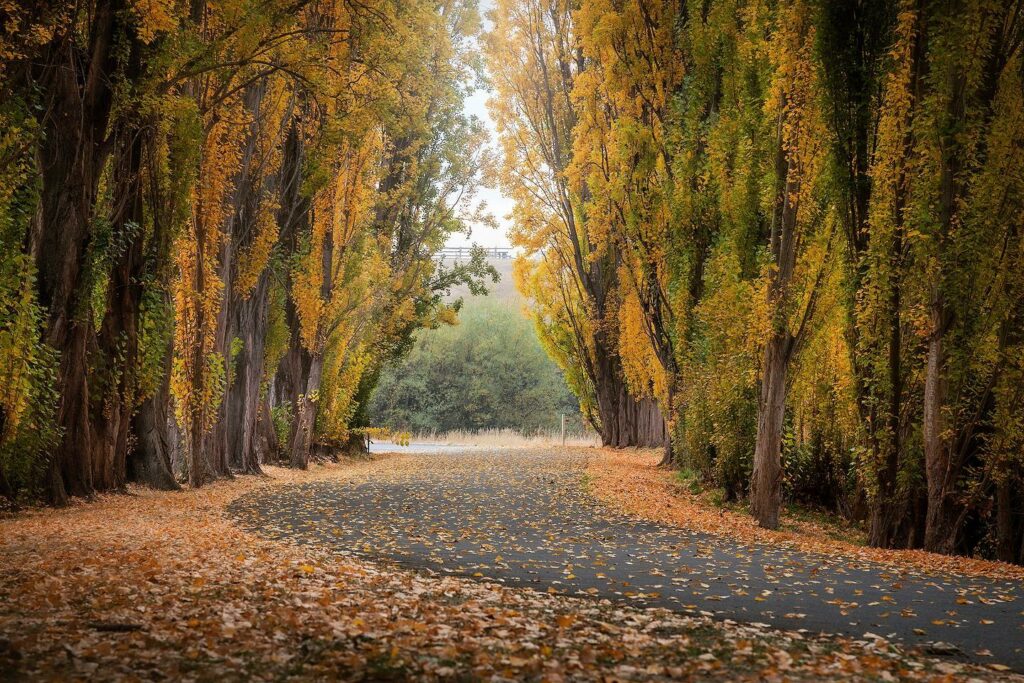Step back in time along the Heritage Highway and ponder life in 19th century Tasmania. Discover colourful tales of convicts and well-to-do early settlers, bushrangers and soldiers, drunks and policemen, and much more.
The historic villages all have their stories (self-guided walking brochures are available from Visitor Information Centres), while the Shadows of the Past Silhouette Trail offers a visual reminder of those who went before. We’ve listed 10 places to visit if you are keen to delve into Tasmania’s colonial history.
1. Historic churches & graveyards
Where better to start than the final resting places of some of Tasmania’s earliest settlers? You’ll find atmospheric 19th century churches and historic cemeteries dotted all throughout the Midlands. There is something so fascinating about reading old headstones and imagining what the people were like and how they lived. If this is your cup of tea, pick up a copy of Voices from the Graves, take the walking tour through Christ Church graveyard, and get to know some of the early settlers’ stories.
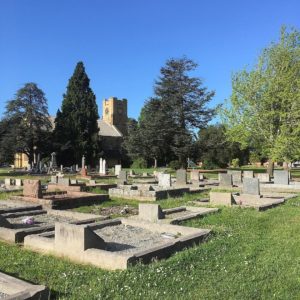
2. Brickendon & Woolmers Estates
Together, Brickendon (c. 1824) and Woolmers (c. 1817) estates, near Longford, make up one UNESCO World Heritage Convict Site. At Brickendon, discover beautiful Heritage Gardens and an 1820s Farm Village complete with Gothic chapel, blacksmith’s shop, cookhouse, and Dutch barns. Take the family, feed the farm animals, and stay in charming cottage accommodation. Stroll the Convict Farm Walk between Brickendon and Woolmers.
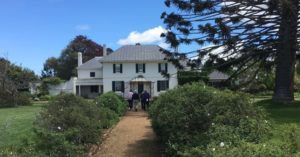
Woolmers Estate is one of Australia’s best examples of a 19th century pioneer farm and holds a range of collections, acquired by six generations of the Archer family (between 1817 and 1994). Take a guided tour of the homestead and a self-guided tour of the out-buildings, including family accommodation, workers’ cottages, a former chapel, blacksmith’s shop, stables, bakehouse, pump house, and gardener’s cottage. Stop to smell the thousands of roses in the highly acclaimed National Rose Garden.
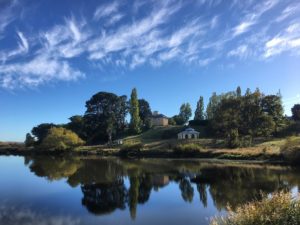
3. Clarendon House
Clarendon (c. 1838), at Nile, is a grand colonial estate built by convicts for James Cox, a wealthy English wool grower and merchant who later helped to end transportation and convict labor. Take a guided tour of the elegant Georgian house and explore the estate, which includes servants’ quarters, heritage walled garden, colonial farm buildings, and a rare avenue of elms. Check the National Trust website for opening hours.
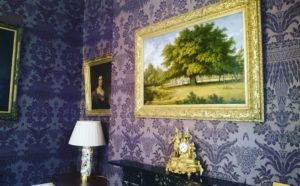
4. Two of Australia’s oldest bridges
The Midlands is home to some of the oldest bridges in Australia. Campbell Town’s Red Bridge (c. 1838) is the oldest bridge on the National Highway and was built by convicts using more than 1.5 million handmade bricks. Minimal repair work has been needed over the years—despite the Red Bridge being built in a time of horses and carriages—which is a testament to the great workmanship.

The Ross Bridge (c. 1836) is the third oldest bridge in Australia. The convict-built sandstone bridge was designed by colonial architect John Lee Archer and is much admired for its beauty. If you take a closer look, you’ll discover intricate carvings along both sides. Two convict stonemasons, James Colbeck and Daniel Herbert, were later credited with the work. Both were rumoured to have earned conditional pardons upon its completion.
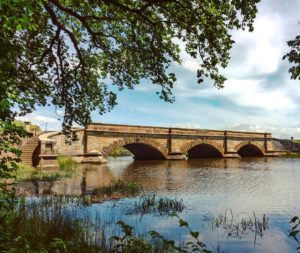
5. The Ross Female Factory Historic Site
The Ross Female Factory was originally built in 1833 to house convict chain gains employed on the Ross Bridge. The original buildings were converted and extended, and between 1847 and 1854 the site operated as a probation station for female convicts and their babies. Though there are few remains above ground, the Ross Female Factory is recognised as the most archaeologically intact female convict site in Australia. Visit the Overseer’s Cottage and observe the display. The Ross Heritage Trail also runs past the site.

6. The Horton College Archway
Have you ever noticed the strange ‘doorway to nowhere’ near Ross? The grand looking archway was once the entry to Horton College, a prestigious 19th century boys boarding school. Things went awry—by 1892 the school was broke, in 1917 it was pulled down, and by 1920 the materials were sold off, leaving just the doorway as a relic.
Find the doorway at Somercotes (c. 1823), an early Tasmanian estate near Ross still inhabited by descendants of the original settlers. Today, Somercotes is a working cherry farm with a seasonal farm gate and beautiful accommodation onsite.
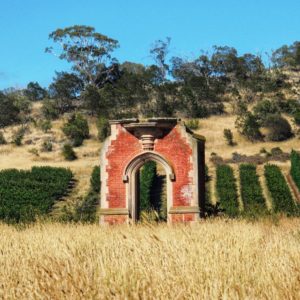
7. The Callington Mill Historic Precinct
The quaint heritage town of Oatlands was once a bustling military outpost and stagecoach depot (check out Stories from the Sandstone). Today, the town’s intact Georgian streetscape attracts many visitors, and was even used as a movie set for period thriller The Nightingale (2018). The Callington Mill Historic Precinct (c. 1837) is Oatlands’ star attraction, boasting the oldest working mill of its kind in the Southern Hemisphere. Although tours are no longer running, visitors are welcome to walk around the site at their leisure.
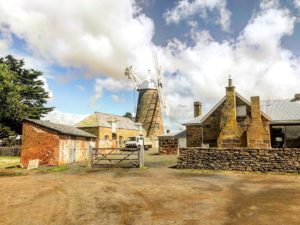
8. The Old Kempton Distillery
At Kempton, in the Southern Midlands, pop into Dysart House, a grand 1840s coaching inn that is today home to the Old Kempton Distillery. Treat yourself to something delicious at the cellar door (the Ploughman’s Platter and the Devonshire tea will never do you wrong). Take a tour of the distillery to learn about the whisky making process and taste the goods. Over summer, they host weekly Sunday sessions in the courtyard, with live music, tours, tastings, and food.
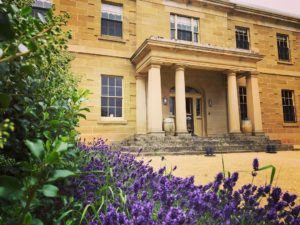
9. Shene Estate & Distillery
Pontville’s atmospheric Shene Estate & Distillery was built by convicts two hundred years ago (c. 1819) and is today a living museum chock full of character. The site is home to the Kernke Family, Poltergeist Gin, and triple distilled Mackey Single Malt Whisky. Book yourself on a guided tour to learn some of Shene’s secrets and hear fascinating tales from the past (it all began with a land grant to King George III’s grandson). Oh, and do be sure to taste their heavenly, award-winning gin!

10. Historic accommodation
If only the walls could talk. Take your pick of the charming heritage accommodation along the Heritage Highway for a taste of life in the 19th century (with all the modern comforts, of course). We’ve listed our tips here.
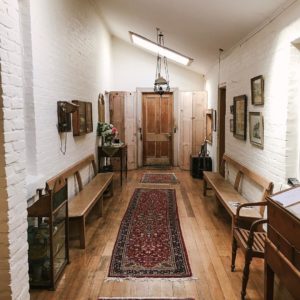
To see what’s on, check out our Events Calendar.
We love it when you share your adventures with us! Tag @MidlandsTasmania and use @MidlandsTasmania or #HeritageHighway and we’ll share our favourite photos on @MidlandsTasmania, Facebook, and in our Blog.
Related posts:
9 Things to Do in Tasmania’s Midlands
Step Back in Time at These 5 Colonial Estates
Discover the Heritage Highway Silhouette Trail
A Bygone Era: Heritage Accommodation Along the Heritage Highway
10 Things to Do in the Heritage Village of Ross
Colonial Charm: 10 Tips for Exploring Oatlands
Header image:
Clarendon | @pauliemelb/Instagram
Words:
Isabel Galloway


